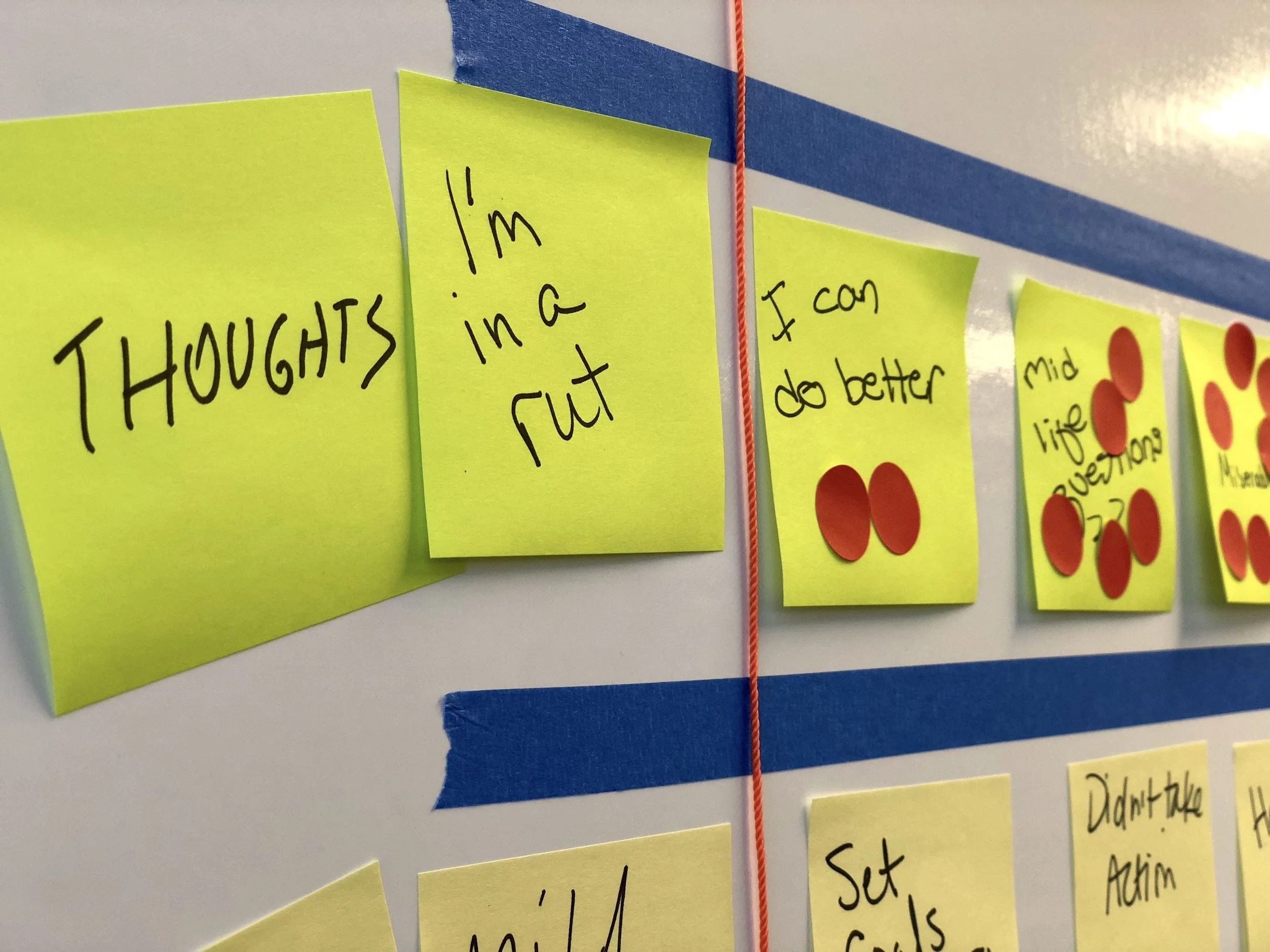Just last week, yet another company—a household name and global leader in the IT industry—asked me to help their customer success team adopt a more customer experience-like approach. The conversation went something like this: “We can’t afford to keep relying purely on the instincts and talent of customer success managers to understand what our customers need in the moment. It’s time we implement a set of intentionally-designed playbooks that provide a better experience consistently and at scale.” Sound familiar?
It’s not a new idea. Gainsight CEO, Nick Mehta is just one of many people who’ve been encouraging the customer success industry to start prioritizing customer experience. Folks like Nick have given voice to a rising consensus that we’ve got to make customer success a company-wide obsession and the focus of cross-team collaboration. That's why we've seen customer experience methods like journey mapping becoming all the rage in customer success circles. It's a healthy trend; customer experience design techniques offer customer success teams a way to reach beyond their department, find the broken experiences that matter, and actually fix them across silos.
The 3 pitfalls
Unfortunately, most customer success teams have failed to become adept at customer experience. In my role as Managing Director at Method Garage, I’ve had the opportunity to partner with customer success teams who are looking to reorient around customer experience. Here are three of the biggest pitfalls I see preventing them from getting where they want to be.
Pitfall 1: Customer success management is not talking to customers in the right way
As customer success professionals, we often assume we can learn all we need to know about our customers from surveys, data, and internal tribal knowledge. In this case we are failing to heed a key customer experience tenet: if we want to really get to the underlying needs, desires, and motivations of customers, we must have direct interaction with them. I’m not talking about the kind of interaction that happens during a red account situation or an executive briefing visit where we have a selfish objective—a search for affirmation, an apology or a sales pitch. I’m talking about the kind of conversation where the only objective is to listen, walk a mile in their shoes, and identify the moments that have really mattered in their adoption journey. Make no mistake, customer experience interviewing is both an art and a science. It takes practice to get beyond the obvious into the underlying insights that give you new and unique perspectives on the problem. The good news is, any time you sit with a customer, ask open-ended questions, and listen more than you talk, you’re benefiting from a customer experience approach. The bad news is, this is rarely happening today.
Pitfall 2: Customer success teams are spending a lot of money implementing customer touches without testing the experience
We all want to be the best, so why not copy from the best? Another company’s highly successful customer success play—for example, a post-sale email nurture campaign—can seem like a great way to jumpstart our own success. Until we notice that our automated emails are getting ignored or being treated like junk mail by customers. Or we realize that our self-service portal actually feels like an inconvenience to customers. Regrettably, I’ve seen one too many customer success team go all-in on new playbooks—especially tech touches—that mostly annoy people. How does this happen? In my experience, it’s because we’re implementing best practices and great ideas without testing them with customers themselves. Isn’t it amazing how obvious the flaws can appear in retrospect, once we’ve already spent our money? Don’t get me wrong—technology can help us scale customer success, but only if we first think through how it will address the customer’s actual needs—both spoken and unspoken. Let customers help find the big kinks before it’s too late.
Pitfall 3: Customer success is leaving key stakeholders behind despite the best of intentions
We can’t inspire a company-wide customer obsession by bringing people in at the eleventh hour and dropping a brilliant new playbook in their laps. To win their hearts, minds, and resources, we’ve got to get more creative in building a sense of shared urgency and alignment from the very beginning—sales, marketing, support, product, and everyone else involved in the success of our customers. Give them a seat at the table and bring them into the design process. Expose them to the customer’s perspective in creative ways that make them fall in love with the problem just as we did. Customer success is bigger than any one department. And it’ll take more than one department to consistently make customers successful at scale.
These are just a few of the traps customer success teams can avoid as they begin to focus on customer experience. In future posts, I plan to share more about the thinking and practices that seem to help the most evolved and enlightened customer success teams avoid these traps and get big wins with a customer experience approach.


